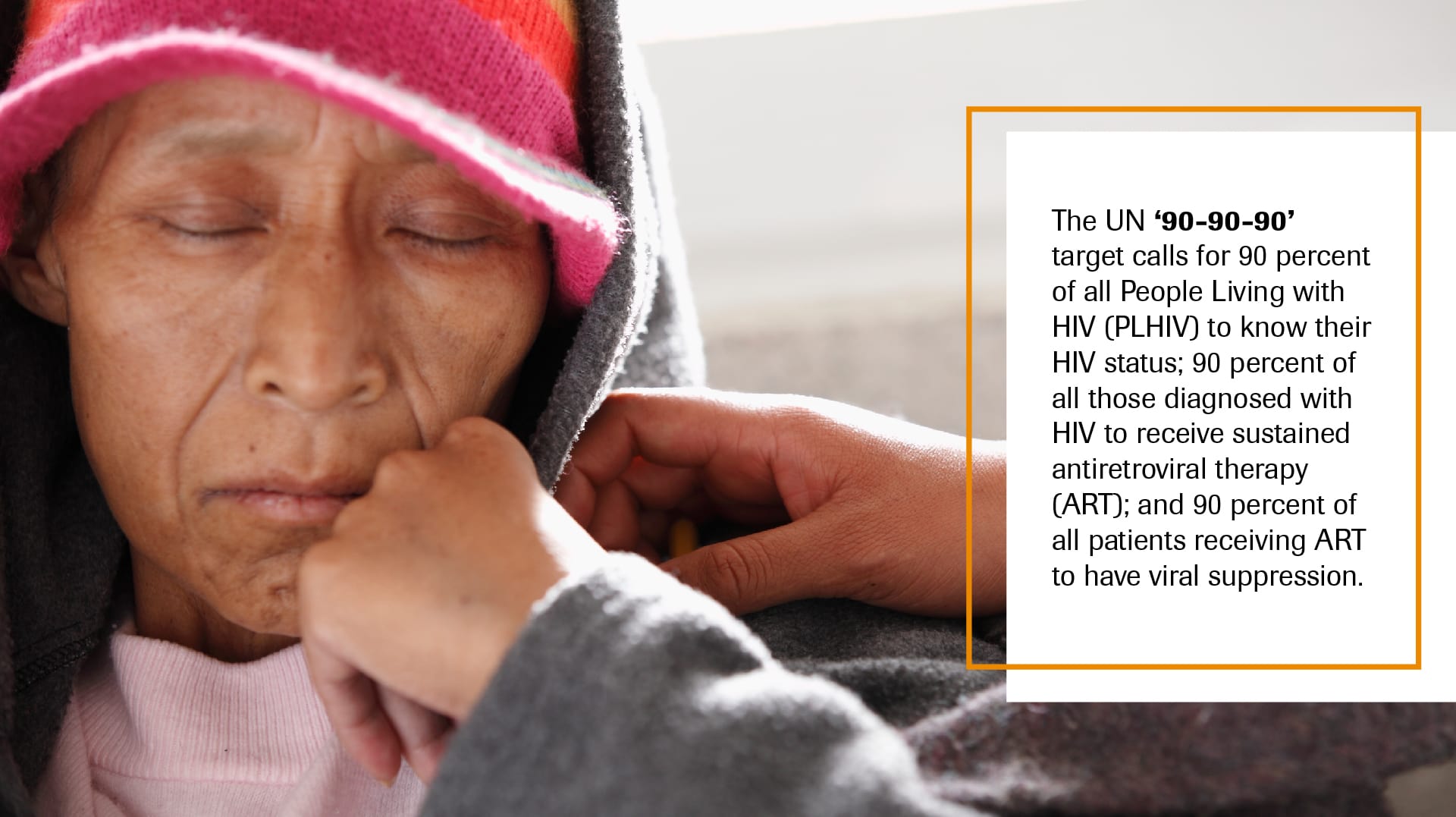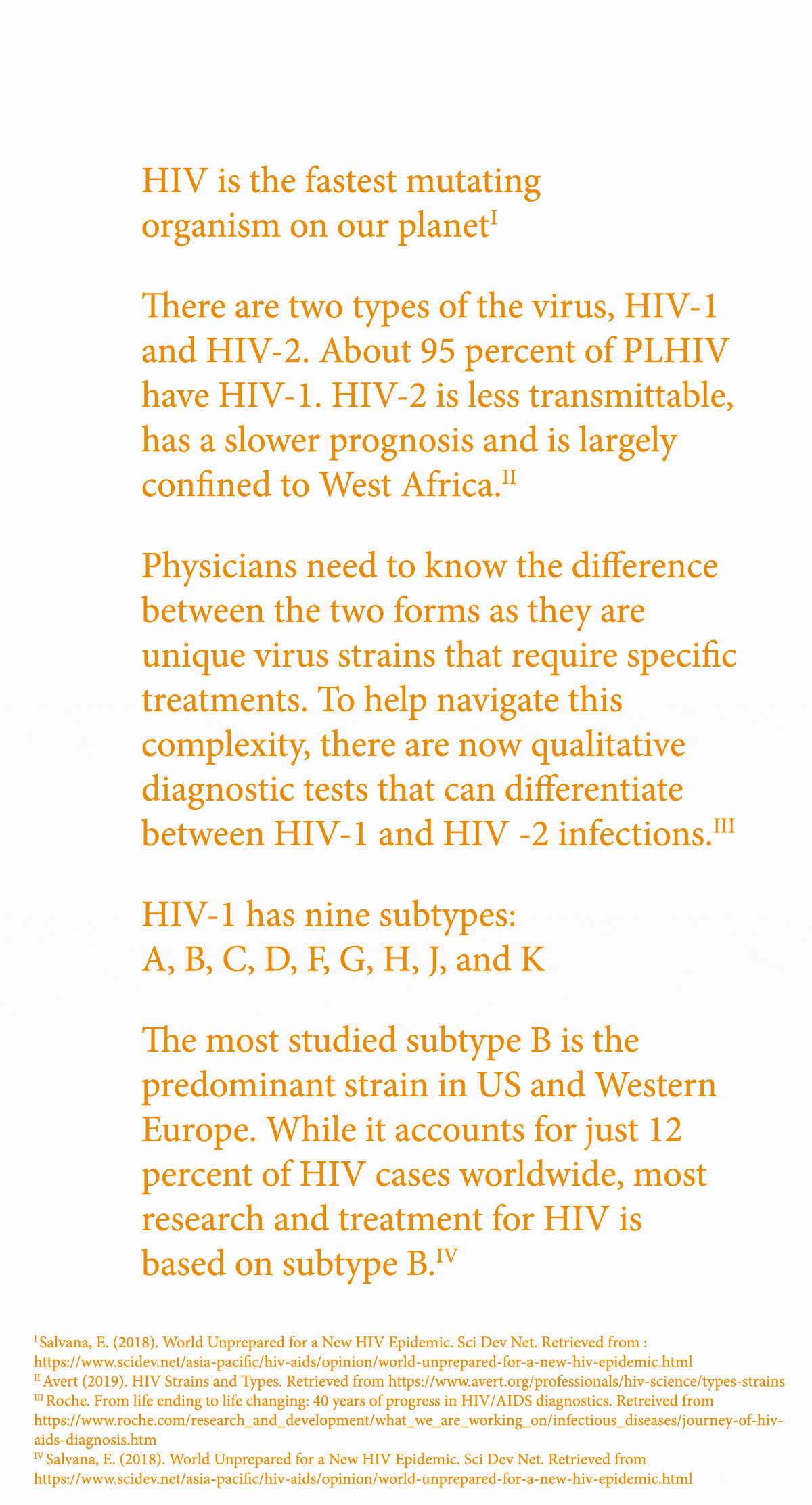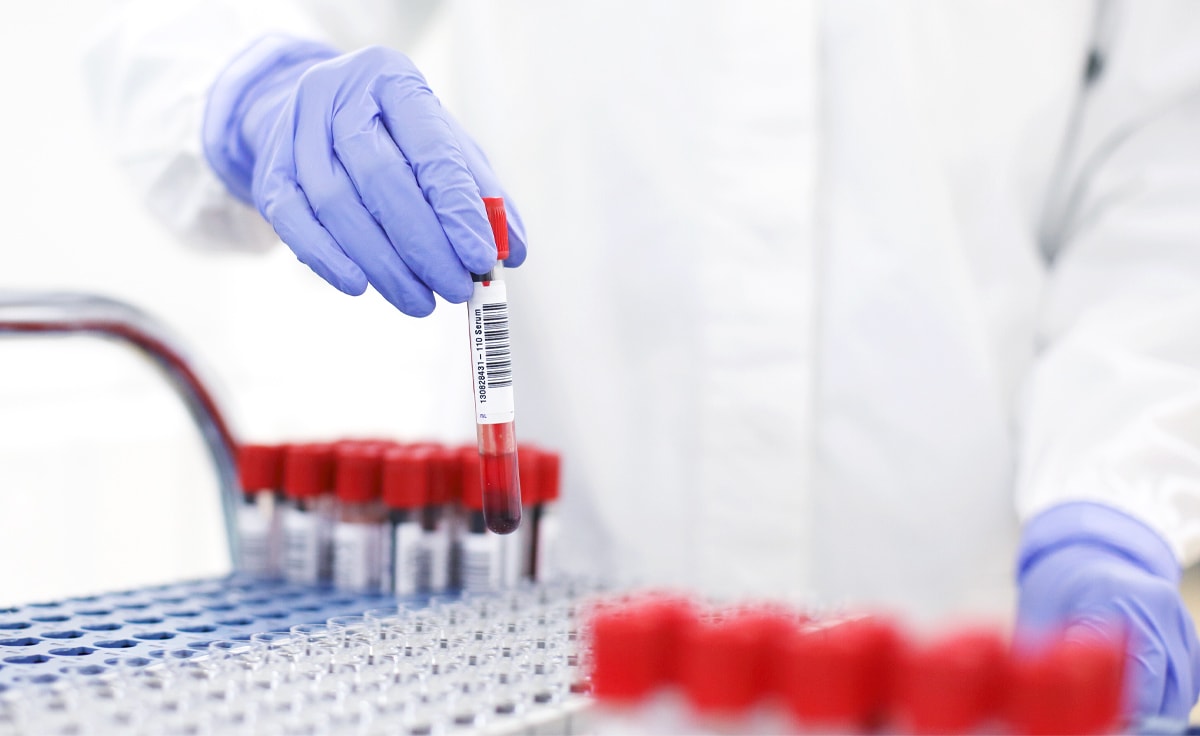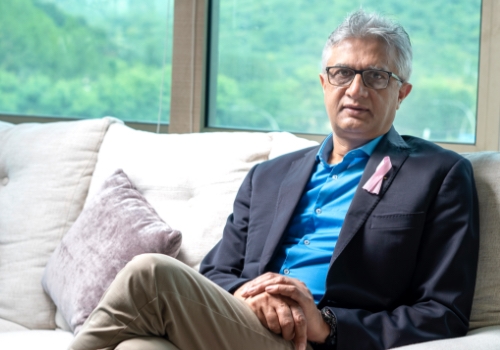Until recently, the world seemed to be making progress against some of the most persistent infectious diseases such as human immunodeficiency virus (HIV). In 2018, more than 55 percent fewer people died from HIV-related causes as compared to 2004.1 However, in the wake of COVID-19 that progress now appears to be stalling. Pre-pandemic only three countries in Asia Pacific — Australia, Cambodia and Thailand — were on track to achieving the United Nations (UN) ‘90-90-90’ target for HIV in 2020.2

The United Nations is calling for stringent targets to boost the diagnostics and care of people living with HIV.
With advancements in both treatments and diagnostic testing, HIV is seen as a manageable chronic illness, unlike the ‘death sentence’ it once was. Many antiretroviral (ARV) drugs now cost less than a dollar a day3, and this low cost of treatment has increased access to essential treatment for many, providing improved patient outcomes and quality of life.
Similarly, accurate diagnostic tools allow clinicians to differentiate subtypes and determine the most effective treatment for patients. With early HIV testing and appropriate treatment, it is possible for people living with HIV (PLHIV) to lead normal and healthy lives.
And yet, late diagnosis continues to be a problem that many countries struggle with. In Asia Pacific, it is estimated that about 1.4 million people who are HIV positive were not aware of their status in 2019.4
“Control of the HIV epidemic is dependent on strong testing, linkage-to-care, treatment and prevention programmes. Management of stigma also continues to be a major component to get people to test. People living with HIV experience significant discrimination especially in countries with highly conservative policies and intolerant governments,” explains Dr Edsel Maurice Salvana, Director at the Institute of Molecular Biology and Biotechnology, National Institutes of Health, University of the Philippines Manila.

The Persistent Hurdle to HIV Control and Management
Dr Salvana warns of the rise of a new drug resistant HIV strain, with a potential epidemic that could start in Asia.
“We need to think of HIV not as a single virus that we think we’ve figured out, but as a collection of rapidly evolving and highly unique viruses, each of which can set off the next deadly epidemic. We are incorporating more powerful and new tools to help us detect the next deadly HIV strain, and this needs to go hand in hand with urgent research on the behaviour and proper treatment of non-B subtypes,” says Dr Salvana. In June 2017, the World Health Organization released its latest global HIV resistance report based on countrywide surveys. Apart from worrying ADR figures in many countries, the report noted that levels of levels of pre-treatment drug resistance are also increasing around the world.5
On top of that, the Philippines has seen a 570 percent increase in HIV cases in just 10 years, bringing the total number of people living with HIV in the country to 97,000 in 2020.6 It is now facing the public health crisis of one of the fastest-growing HIV epidemics in the world.7
Explore more healthcare and diagnostics news from Roche.
“One contributing factor is a shift from the Western subtype B to a more aggressive Southeast Asian subtype AE. We are seeing younger and sicker patients with high rates of drug resistance,” says Dr Salvana. “Initial encroachment of this subtype is already occurring in developed countries, including Australia, Canada and the United States. We may soon see a similar explosion of cases in these countries.” Such trends highlight the urgent need for a new line of ARVs and robust diagnostics that are more specific to the varying subtypes of HIV.

A lab technician examines blood samples. Near-point of care diagnostics for HIV is evolving the fight against this disease.
Changing Strategy in the Fight Against HIV
According to Dr Salvana, “the availability of near-point of care diagnostics for HIV viral load has revolutionised the way we manage patients.” Unfortunately, proper monitoring of emerging drug resistance is highly technical and may be beyond the capabilities of low-income countries.
Additionally, HIV treatment hubs tend to be located in major cities. This poses a challenge for people living in rural areas that are far away from cities, and increases the risk of patients falling out of care.
Expanding access to care and reliable diagnostic testing is key in the fight against HIV, particularly in low and middle-income countries. This will require innovative approaches to sample collection too. For example, plasma separation technology, which protects samples even in heat and humidity, ensures that samples can be transported from rural areas to reliable testing labs many miles away.
What it Will Take to Win the Fight Against HIV
Dr Salvana likens the fight against HIV to malaria, where consistent efforts are needed to see the fight through to the end. “In the early 1960s, malaria was on the ropes. As the number of cases dropped, people and governments stopped paying attention. The result was a deadly resurgence of drug-resistant malaria,” he shared at a TED talk in 2017.
Individuals, governments and those in the healthcare ecosystem need to remain vigilant. In low and middle-income countries where funding for HIV is typically low, governments need to tackle HIV cohesively and proactively. That means ensuring that they not only allocate more funding to treatment services but also prevention services that target at-risk populations, as Avert asserts8. It is only with this increased funding, decreased stigma in society and supportive policy environments that we can work towards truly turning the tide on HIV.
Explore more stories in Diagram magazine.

References:
1Avert (2018). Global HIV and AIDS Statistics. Retrieved from https://www.avert.org/global-hiv-and-aids-statistics
2UNAIDS (2020). UNAIDS Report on the Global Aids Epidemic Shows That 2020 Targets Will Not Be Met in Asia and The Pacific; Key Populations Continue To Be Left Behind and Covid-19 Risks Blowing HIV Progress Way Off Course. Retrieved from https://unaids-ap.org/2020/07/07/press-release-unaids-report-on-the-global-aids-epidemic-shows-that-2020-targets-will-not-be-met-in-asia-and-the-pacific-key-populations-continue-to-be-left-behind-and-covid-19-risks-blowing-hiv-prog/
3Drugs for Neglected Diseases Initiative (DNDi), (2019). HIV Treatment for Children to be Produced for Under One Dollar a Day. Retrieved from: https://dndi.org/press-releases/2019/hiv-treatment-for-children-to-be-produced-for-under-one-dollar-a-day/
4UNAIDS AIDSinfo (2019). Regional factsheets Asia and Pacific, 2019. Retrieved from http://aidsinfo.unaids.org/
5World Health Organization (2017). HIV drug resistance report 2017, p12. Retrieved from https://apps.who.int/iris/bitstream/handle/10665/255896/9789241512831-eng.pdf?sequence=1
6AIDS Data Hub (2020). Philippines Country Snapshot 2020. Retrieved from https://www.aidsdatahub.org/sites/default/files/resource/2020-aids-data-book-ph.pdf
7Gangcuangco, L. (2019). HIV Crisis in the Philippines: Urgent Actions Needed. The Lancet, Volume 4, Issue 2, E84. Retrieved from https://doi.org/10.1016/S2468-2667(18)30265-2
8Avert (2020). HIV and AIDS in Asia & the Pacific Regional Overview. Retrieved from https://www.avert.org/professionals/hiv-around-world/asia-pacific/overview#footnote40_y2iwe8r














